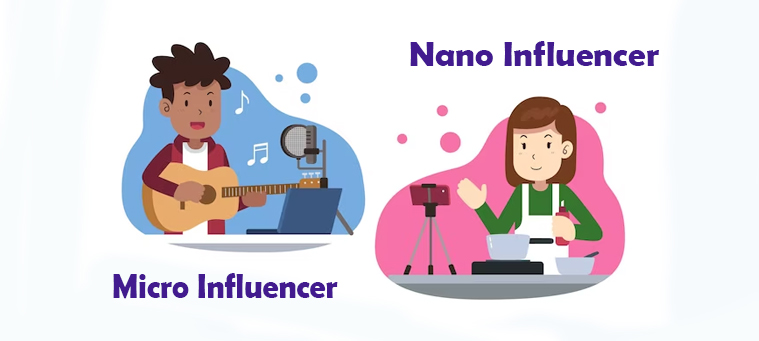In the ever-evolving landscape of e-commerce, Amazon stands as a titan, reshaping how we shop and interact with brands. As consumer behavior shifts towards more personalized and authentic experiences, influencer marketing has emerged as a powerful tool for brands to connect with their audience. At the intersection of these two trends lies Amazon Influencer Marketing, a unique approach that’s revolutionizing how products are discovered and purchased on the world’s largest online marketplace.

What’s Amazon Influencer Program
The Amazon Influencer Program is a sophisticated extension of the company’s affiliate marketing system. It allows individuals with a significant social media following to create their own curated storefronts on Amazon, showcasing products they recommend to their audience. This program differs from traditional affiliate marketing in its emphasis on personal branding and the creation of a dedicated space within the Amazon ecosystem.
To become an Amazon Influencer, candidates must meet certain eligibility criteria:
| Platform | Minimum Followers | Engagement Rate |
| 10,000+ | 2-3% | |
| YouTube | 1,000+ | 4-5% view rate |
| 10,000+ | 2-3% | |
| TikTok | 10,000+ | 2-3% |
These numbers are not set in stone, as Amazon also considers the quality of content and the relevance of the influencer’s niche. The application process involves submitting social media profiles for review, and if approved, influencers gain access to a suite of tools to create and manage their Amazon storefront.
How Amazon Influencer Marketing Works
At its core, Amazon Influencer Marketing operates on a simple premise: leveraging the trust and rapport influencers have built with their audience to promote products available on Amazon. Here’s how it typically unfolds:
- Storefront Creation: Influencers curate a selection of products they genuinely use or recommend, organizing them into themed lists or categories within their personalized Amazon storefront.
- Content Production: Influencers create engaging content across their social media platforms, showcasing products and providing authentic reviews or demonstrations.
- Link Sharing: Each product or list has a unique URL that the influencer can share with their followers. When a follower clicks the link and makes a purchase, the influencer earns a commission.
- Analytics and Optimization: Influencers can track their performance through Amazon’s dashboard, allowing them to refine their strategy and focus on products that resonate with their audience.
One of the key advantages of this system is its seamless integration with the Amazon shopping experience. Followers can move from discovery to purchase without leaving the familiar Amazon environment, reducing friction in the buying process.
Benefits of Amazon Influencer Marketing
Amazon Influencer Marketing offers a trifecta of benefits, serving brands, influencers, and consumers alike:
For Brands:
- Increased visibility among targeted audiences
- Enhanced credibility through influencer endorsements
- Direct impact on sales through trackable links
- Access to niche markets and communities
For Influencers:
- Steady income stream through commissions
- Strengthened relationships with brands
- Enhanced credibility as product experts
- Tools to monetize their influence effectively
For Consumers:
- Curated product recommendations from trusted sources
- Easy access to products through influencer storefronts
- Authentic reviews and demonstrations
- Discovery of new products aligned with their interests
A successful case study is that of tech reviewer MKBHD, who leveraged his YouTube following to create a highly successful Amazon storefront featuring his top picks in tech gadgets. His recommendations have led to significant sales for the featured brands and substantial commissions for himself.
How to Get Started with Amazon Influencer Marketing
For brands looking to tap into this powerful marketing channel, here’s a step-by-step approach:
- Identify Your Target Audience: Clearly define the demographics and interests of your ideal customer.
- Find Relevant Influencers: Use tools like Social Blade or Upfluence to identify influencers whose audience aligns with your target market.
- Evaluate Potential Partners: Look beyond follower count to engagement rates, content quality, and brand alignment.
- Reach Out and Collaborate: Approach influencers with a clear value proposition and collaborative spirit.
- Develop a Campaign Strategy: Work with influencers to create authentic content that showcases your products naturally.
- Monitor and Optimize: Use Amazon’s attribution tools to track performance and refine your approach over time.
Wrapping Up
Amazon Influencer Marketing represents a powerful convergence of social proof and e-commerce efficiency. As the digital marketplace continues to evolve, this approach offers brands a unique opportunity to connect with consumers in a more personal and impactful way. By understanding the mechanics, embracing best practices, and staying attuned to emerging trends, both brands and influencers can harness the full potential of this dynamic marketing channel.

